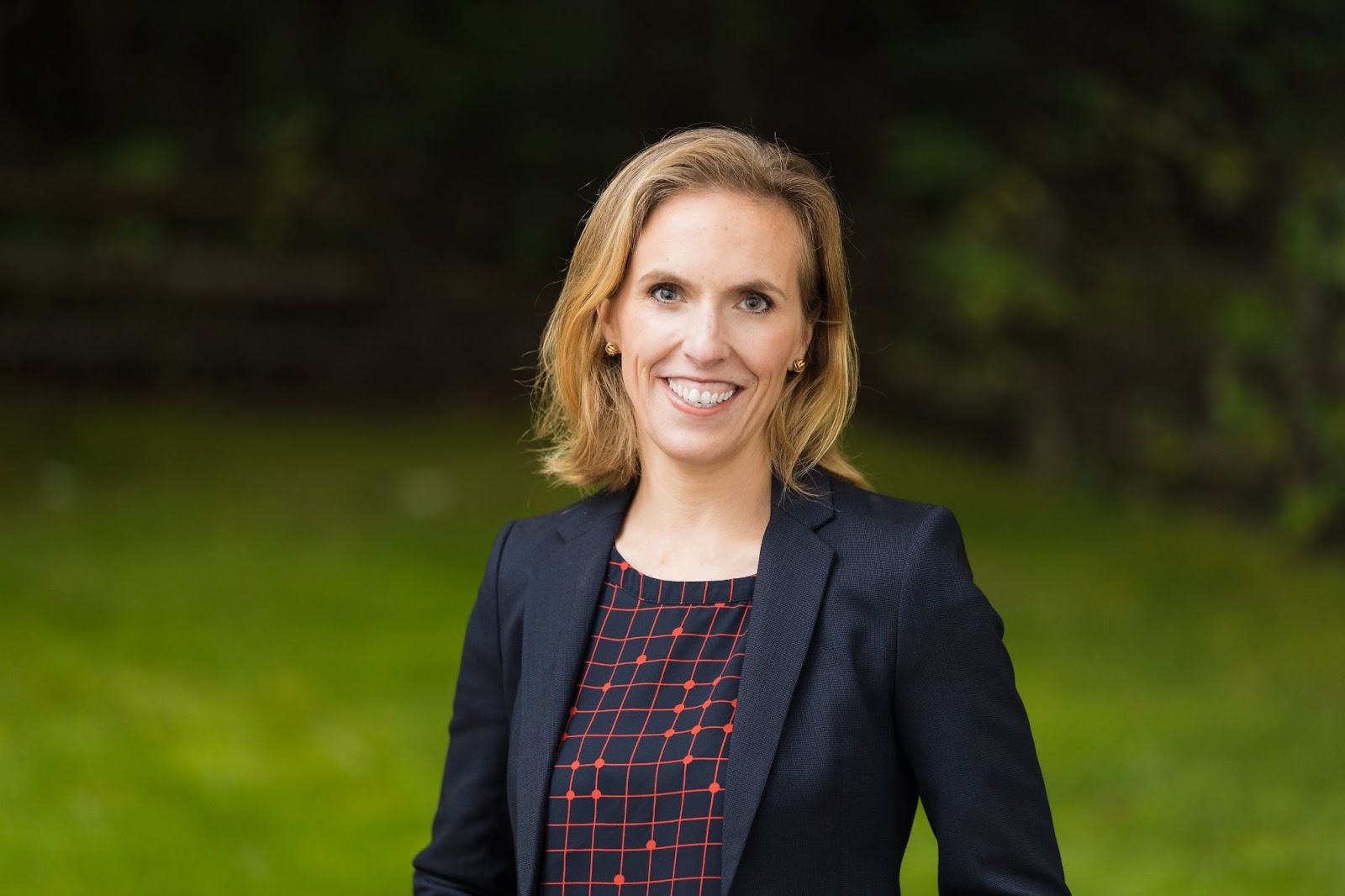Jonah wakes up each morning with a sense of dread, feeling like something horrible is about to happen. His head pounds and he dry heaves. His brain tells him to avoid everything, and he does. He stays in bed, pulls up the covers, and hides from the world. No school, no friends, no soccer practice. He’s stopped doing everything. It’s been like this for months, and it’s all too much. Jonah is 8.
Leah has multiple panic attacks a day; she gulps for air, feeling as if she’s suffocating. Sometimes she thinks she’s dying. Sometimes she wants to die because the feelings are so horrible. The attacks are unpredictable: they can happen in gym class, at recess, and even in the middle of the night. She is terrified of leaving her house and is afraid to fall asleep at night. Her mother quit her job to help her, and now she refuses to leave her mother’s side. Leah is 11.
Children with severe anxiety tend to avoid people, places, and things that trigger their anxiety. This avoidance seems like a logical response to a distressing emotion, but it inadvertently worsens the problem. As children continue to avoid anxiety-inducing situations, their anxiety grows larger. They begin to make decisions based on their anxiety rather than their interests or values, resulting in a shrinking world. They stop socializing with peers, participating in extracurriculars, and sometimes attending school altogether. Research shows that their brains actually look different and are wired to attend to threatening situations and things.
Therapy is considered the first-line treatment for child and adolescent anxiety disorders.
When children are having difficulty accessing evidence-based therapy due to the severity of their symptoms, medication augmentation is considered. Unfortunately, finding appropriate help is often an arduous task. Astonishingly, eighty percent of children and teenagers with anxiety disorders do not receive the treatment they need. The search for a therapist who offers evidence-based therapy is difficult, and finding a child psychiatrist for medication is nearly impossible. Parents find themselves leaving messages at multiple clinics, only to be met with months-long waitlists and exorbitant fees, all the while witnessing their child deteriorating.
The advent of telehealth has expanded the availability of care for numerous young individuals dealing with anxiety. However, it is important to note that increased access does not automatically guarantee high-quality care. This is due to the fact that not all therapies, whether conducted virtually or in person, are grounded in evidence-based practices. While traditional “talk therapy” may prove beneficial for certain individuals, such as the “worried well,” it is not effective for children with anxiety disorders, especially those with severe symptoms. In fact, it can do more harm than good because children blame themselves when they’re not making treatment progress, assuming they are doing something wrong or defective. Evidence-based therapies such as Cognitive Behavioral Therapy (CBT) and Acceptance and Commitment Therapy (ACT) exist and have proven effective. These therapies equip children with the skills and strategies necessary to manage anxiety and confront their fears. However, they are challenging to find and often financially burdensome. Additionally, there is a lack of transparency in the field, with families mistakenly believing they are receiving CBT or ACT without proper measurement of progress and family involvement, both of which are crucial for successful treatment.
For parents who find themselves lost in the search for effective care for their child with anxiety, contacting the number on their insurance card and requesting a list of CBT or ACT therapists who work with children and teens is a good starting point. There are also resources available online that can assist in finding other treatment options:
https://members.adaa.org/page/FATMain
https://findtreatment.samhsa.gov/
Once a provider is found, asking specific questions to gauge whether they offer the right type of therapy is crucial. Parents should ask questions about a therapist’s training in CBT or ACT and experience working with children and teens. More specifically, parents can ask whether a therapist incorporates behavioral (exposures) and cognitive (thoughts) work, goal-setting, and outcome tracking, and homework assignments and whether they involve parents in treatment (especially relevant for younger children).
Many children, like Jonah and Leah, suffer from severe anxiety that significantly impacts their daily lives. It is essential that we provide the necessary support and care for children and adolescents to overcome their debilitating anxiety and lead fulfilling lives. By prioritizing access to therapy that has been proven effective, we can give these children the opportunity to thrive and conquer their anxiety.



